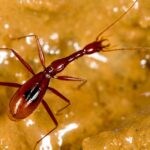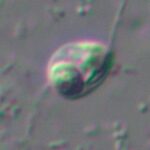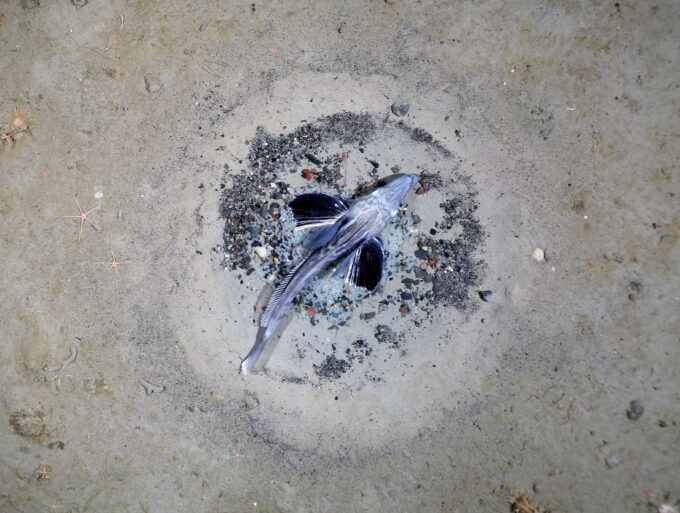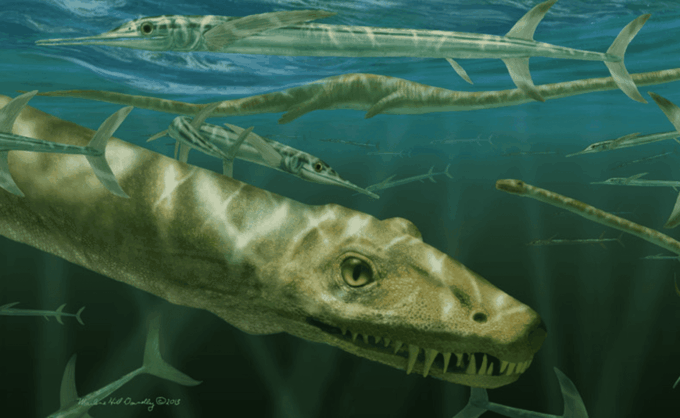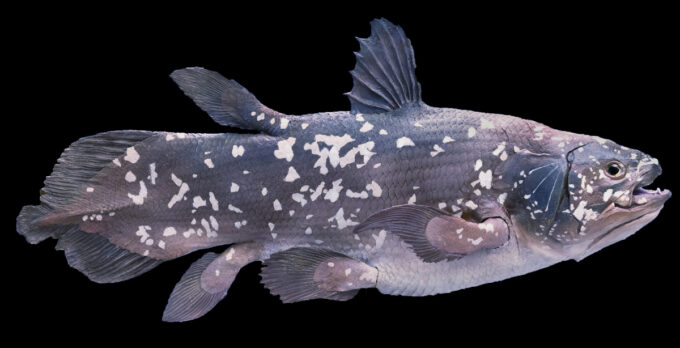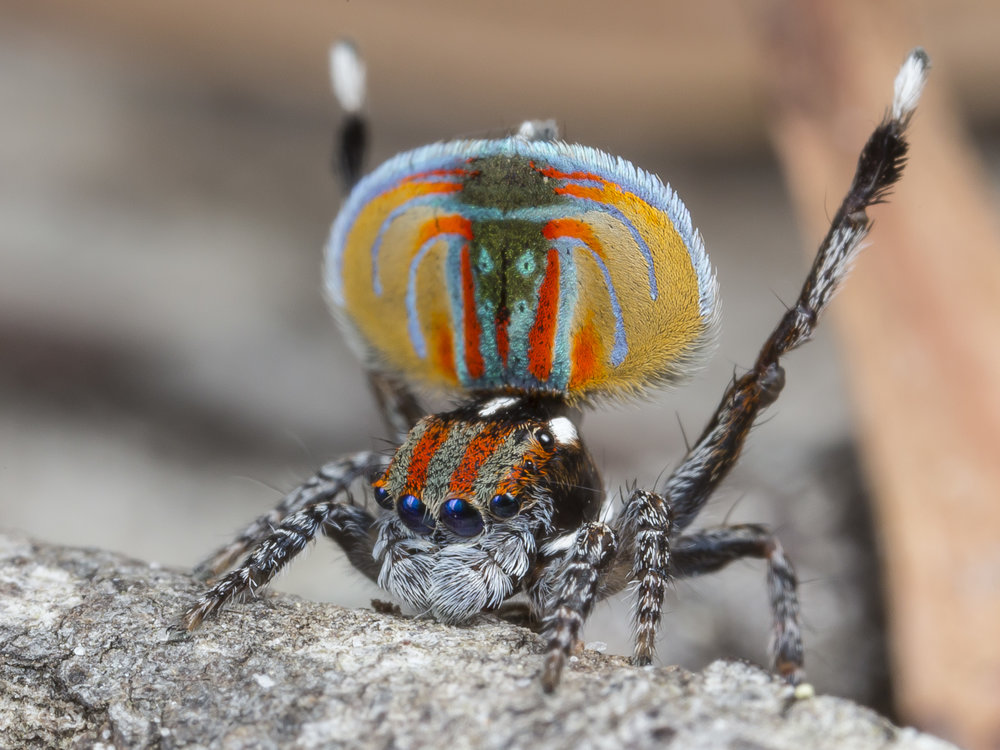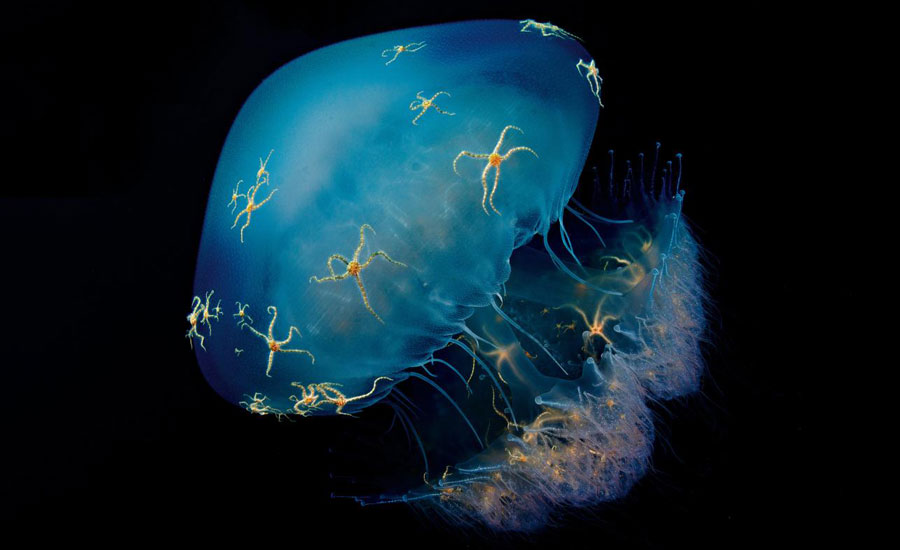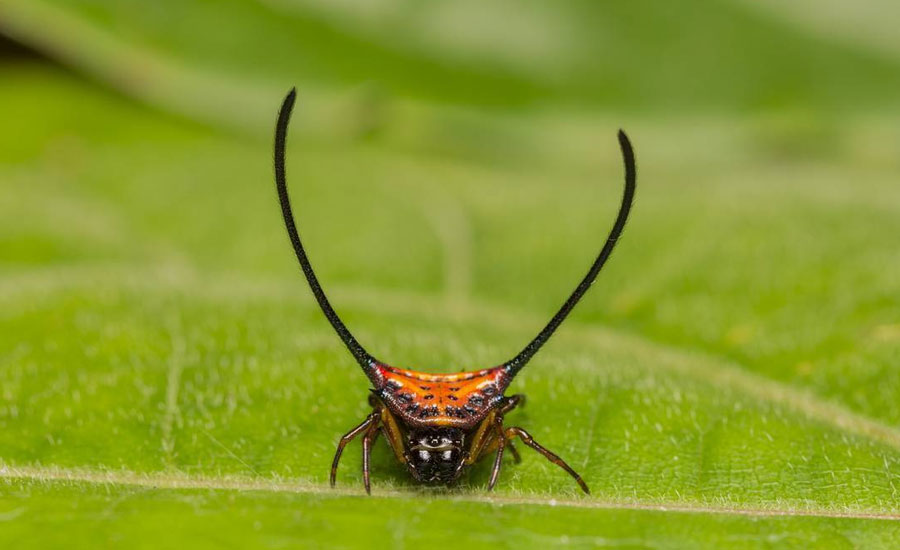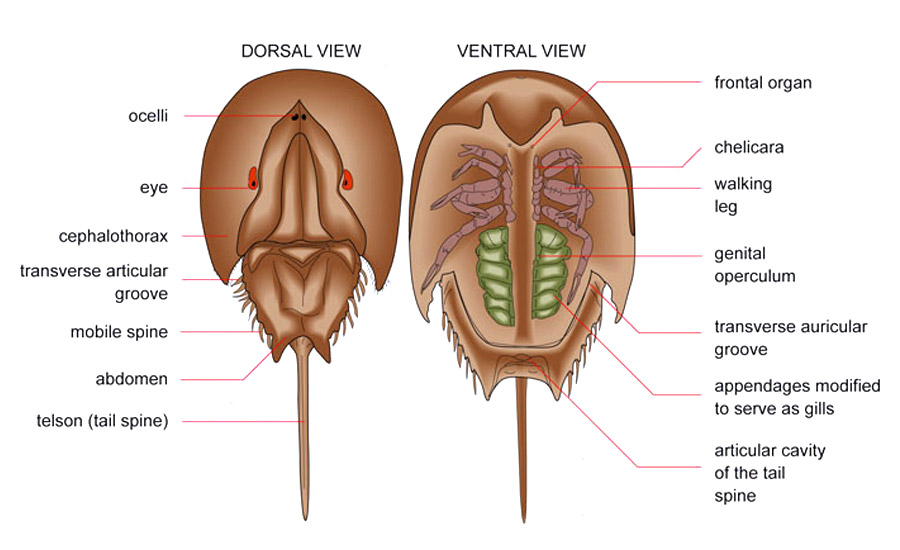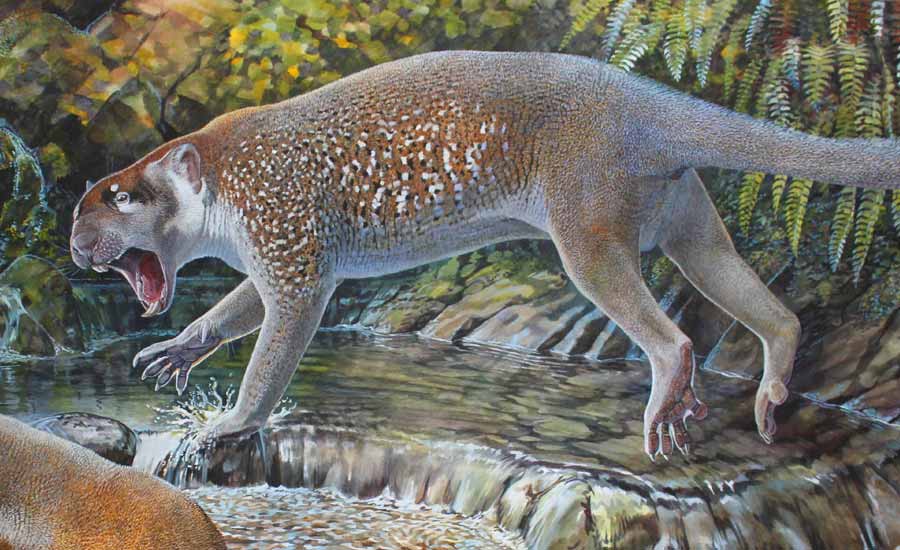
This marsupial lion, named Wakaleo schouteni roamed Australia’s open forest habitats about 23 million years ago in Miocene epoh. Fossilized remains of the creature were unearthed in the Riversleigh World Heritage Area in Queensland. It was estimated to be more or less the size of a Siberian husky dog with about 50 pounds. Its teeth suggest that it was not completely reliant on meat but was, rather, an omnivore and spend part of its time in trees.
W. schouteni was one of two marsupial lions that existed toward the end of the late Oligocene Epoch 25 million years ago. In the subsequent Miocene, species of the genus Wakaleo, or little lions, grew larger in an evolutionary chain reaction following Cope’s rule: Prey animals got bigger as plant life changed in response to a drying and cooling continent.
